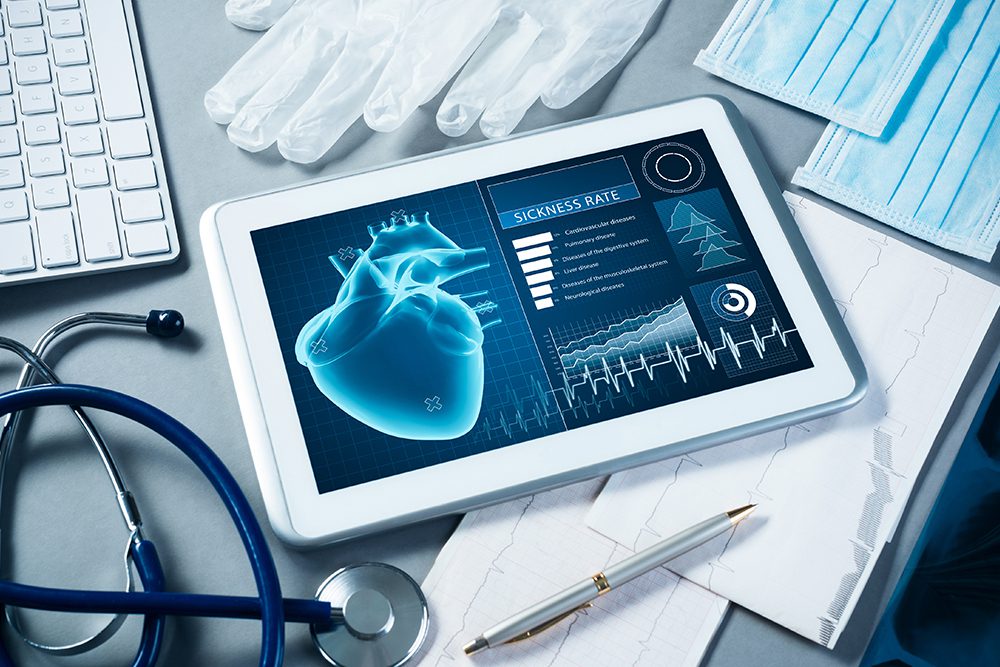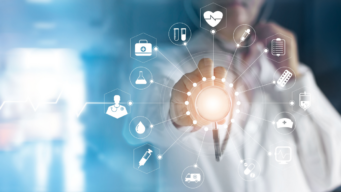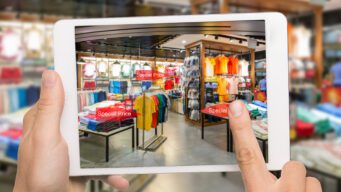The Digital Twin is becoming widely adopted in many industries. Yet, it is still in its infancy when it comes to Healthcare. In this blog, I’d like to look at three areas where this technology can generate substantial value in transforming quality, experience, and innovation.
The Digital Twin is simply the virtual representation of a physical object – be that a machine or a person. It gathers vast amounts of data from IoT sensors, and related applications, to create a digital model that can be simulated and tested. This year the Healthcare IoT market will reach $136 billion offer significant opportunities to develop use cases around the Digital Twin. Today, we can create Digital Twins for everything from an entire network of hospitals to an individual human organ.
1. Smart campus/smart hospital
Healthcare organizations all share a need to improve efficiency, throughput, and quality of care delivery while improving the patient experience.
Often positive patient outcomes and experience are heavily influenced by resource availability and scheduling – treatment rooms, operating theaters, ICU beds, and patient rooms are all scarce resources that must be scheduled and “turned” on a regular basis to keep things on track.
Increasing the availability of these resources can be improved with utilization models and Digital Twins. Simply being able to locate and move devices can improve the ability to increase room turns, accelerate admissions, and improve patient outcomes. In addition, Digital Twins offer simulation to drive predictive maintenance that increases the availability and performance of imaging equipment, lab automation and surgical robots as well as less expensive assets.
Managing resources effectively can be enhanced at the level of the individual hospital or campus or across an entire public health network and extends beyond simply medical equipment, processes and personnel. Almost every element of Healthcare operations can be modelled in a Digital Twin – including HSE, environmental and sustainability – to help reduce the cost and resource pressures imposed by the COVID-19 pandemic.
2. Patient care/personalized health
Personalized medicine is perhaps the Healthcare use case for the Digital Twin that has the greatest potential. If we were honest, we’ve developed drugs to treat the widest cadre of patients and the result, in many cases, is a treatment that is highly ineffective. For example, the US FDA suggests that Alzheimer’s medication is ineffective a remarkable 70% of the time.
Imagine a scenario where you can combine patient data – from wearables and other personal health devices – with data from EHRs, disease registries, and other systems and data resources. You can now build an accurate picture of the individual based on these huge data sets and perform simulations to not only model the impact of different therapeutics and build highly personalized care plans but also get early warning of the patient’s propensity for diseases or other conditions. That’s the power of the Digital Twin.
Today, we’re some way short of being able to create a Digital Twin for an entire person but Digital Twins for individual organs – including the heart, lungs and kidneys – is well advanced. These twins of organs can be used to simulate the organ of any specific individual to allow thorough testing prior to applying the results to the patient. Linking the Digital Twin to IoT sensors deployed in patient care environments can provide increased insight into personalized medicine and chronic disease management.
3. Clinical research and trials
On average, 80% of clinical trials experience delays in enrollment and many fail to meet enrollment goals altogether. Finding patients who fit the criteria and are willing and able to participate is challenging. Digital Twins offer the potential to move the needle on trial recruitment and management
The use of Digital Twins is beginning to change the approach to early-stage trials allowing rapid identification of the most promising paths for discovery. Creating a twin of the participants in a clinical trial allows improved compliance and information sharing with trial participants generating alerts and reminders to keep everyone up to date and on the path.
The Digital Twin can reduce the number of participants required by, for example, making the control group entirely virtual. It can also increase participation by integrating IoT devices and telemedicine processes to allow virtual participation and broadening the geographic range of the trial participants. This has been incredibly beneficial during the pandemic but is essential for developing drugs designed for rare conditions.
Where we are today
Given all the possible benefits, healthcare CIOs need to spend some time understanding the opportunities that Digital Twins create to improve and transform Healthcare. The technical, ethical, and medical issues need to be examined and understood, but they can be overcome in many areas where improved use of real-time data can be modelled to create insight, intelligence, and improved outcomes.




